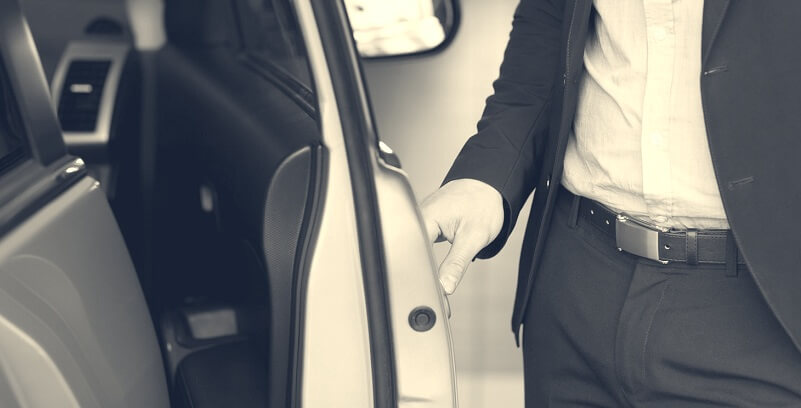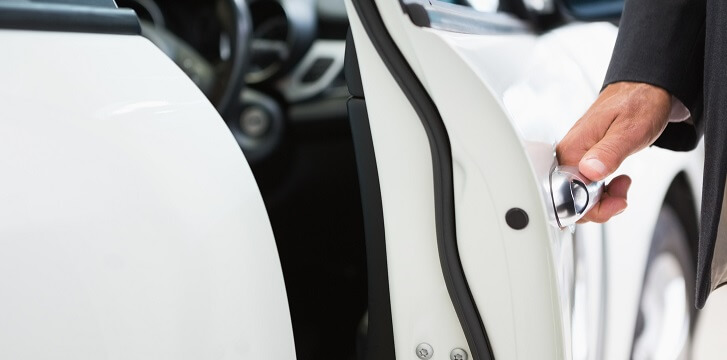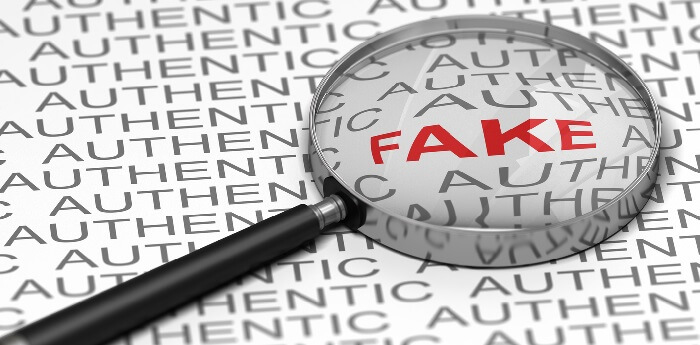Tire Size By VIN

The tire size of a vehicle is not typically determined by the VIN (Vehicle Identification Number). The VIN is a unique code assigned to each vehicle. It contains information about its manufacturer, model, and other specifications but needs to directly provide details about the tire size.
Locating the VIN on the Car
Here’s the list of key points to locate the VIN (Vehicle Identification Number) on a car
- Check the dashboard: Most VIN plates are found on the lower left-hand side of the dashboard. This is a location you can easily access from the driver’s seat. However, the light reflection on the windshield might sometimes obscure your view. If that’s the case, it might be easier to locate the VIN by standing outside of the vehicle and looking through the windshield at the dashboard. This number will typically have 17 characters if your car was manufactured after 1981. If your vehicle is older than that, the VIN might have between 11 to 17 characters.
- Inspect the front of the car frame: The VIN might also be found on the front of the car frame. This is usually close to the windshield washer container. You may need to crouch down in front of the vehicle on the driver’s side to check.
- Look under the spare tire in the trunk: The VIN can sometimes be found underneath the spare tire. You would need to lift the tire to check this location.
- Verify the Federal Safety Certification Label on the driver’s side door: Vehicle manufacturers also place the VIN on the Federal Safety Certification Label. This label can usually be found on the driver’s side door. It might be located on the driver-side doorpost, near the spot where the door latches and the seatbelt return, or inside the driver-side doorjamb, where the mirror is located when the door is shut.
- Peek in the rear wheel well: Another possible location for the VIN is in the rear wheel well. You would need to crouch down beside the car, near the rear wheel on the driver’s side, and look up into the well above the tire.
- Reach out to the dealership or manufacturer: If you’ve tried all the above methods and still need help finding the VIN, your next step would be to contact the car dealership or the vehicle’s manufacturer. Provide them with the make and model of your car, and they should be able to assist you in locating the VIN.
- Look at the front of the engine block: Lastly, some manufacturers affix a body plate to the front that includes the VIN or a partial VIN. To check this, you’d need to pop open the hood and check the front of the engine. This plate is typically attached to the firewall inside the engine compartment. Be careful not to touch any hot or moving parts in the engine bay when doing this check.

Finding the VIN on the Paperwork
Here is a key list of places where you can find your Vehicle Identification Number (VIN):
- Vehicle’s Title Document: This document is typically given to you when you purchase a vehicle. It serves as proof of ownership. You can usually find the VIN near the top of the front page of this document. The exact location can differ depending on which state the vehicle is registered in. This method can be useful, especially when verifying a vehicle’s history before purchasing it.
- Registration Card: Your vehicle’s registration card, issued by your state’s Department of Motor Vehicles (DMV), should also contain the VIN. This card is normally kept in the vehicle for verification purposes, particularly during traffic stops. If you do not have this card, you should contact your local DMV for a replacement or for guidance on how to find your VIN in another way.
- Owner’s Manual: The vehicle’s owner’s manual, which provides instructions and information about your specific make and model, often includes the VIN. This is most common when the car is brand new. However, if the vehicle is used, the previous owner might have yet to include the manual, or they might have manually written the VIN within the manual’s pages.
- Insurance Documents: To get your vehicle insured, you must provide your VIN to the insurer. This means that your insurance card or documents provided by your insurance company should contain the VIN. It may be found on your insurance policy declaration page or on a proof-of-insurance card.
Remember that the VIN is an important piece of information that can provide many details about your vehicle, including its manufacturing history, specifications, and accident history. Therefore, it is important to keep this number secure.

Verifying the Authenticity of the VIN
The information you provided explains more in-depth ways to validate a vehicle’s Vehicle Identification Number (VIN) and ensure it hasn’t been tampered with.
- VIN Plate on the Dashboard: Check for the VIN printed on a plate or a label secured to the dashboard. Ensure no scratches or signs of tampering on the label, windshield, or dashboard. Look for signs of windshield removal which could indicate VIN plate tampering.
- Federal Safety Certification Label: Newer vehicles are required by law to have this safety label, which should contain the VIN. This label is typically located inside the driver’s side door, either on the rear or forward door pillar post or the door itself. The label should be well fastened, free from scratches or tears, have a shiny clear coat, be smooth to the touch, and not obscured by anything like a screw or rust-proofing material. Verify that this label’s VIN matches VINs located elsewhere on the vehicle.
- VIN Plate on the Engine: Inspect the VIN plate attached to the engine for signs of modification or relocation. Any discrepancy in cleanliness between the plate and the rest of the engine firewall may indicate a fake plate. The VIN on the engine plate should match the one on the dashboard.
- Mechanic Inspection: Consider having a professional mechanic inspect the car. They have the expertise to locate VINs on a car and check for consistency quickly. They can also identify signs of VIN plate or label tampering.
- Perform a VIN Check: Use services like the National Insurance Crime Bureau’s website to perform a VIN check. If a car is reported stolen, the VIN will appear in their database. Be aware that VIN plates and labels may be transferred from junked or stolen vehicles to others.
- Analyze the Vehicle’s Service Report: Obtain a vehicle’s service report from a service like Carfax using the VIN. Verify the car described in the report matches the vehicle you’re examining. If the car described in the report and the actual car differ significantly, the VIN may have been transferred illicitly.
Each of these steps will help you ensure the VIN’s authenticity and the vehicle’s legitimacy. This is particularly important when buying used cars, where the risk of VIN tampering can be higher.

